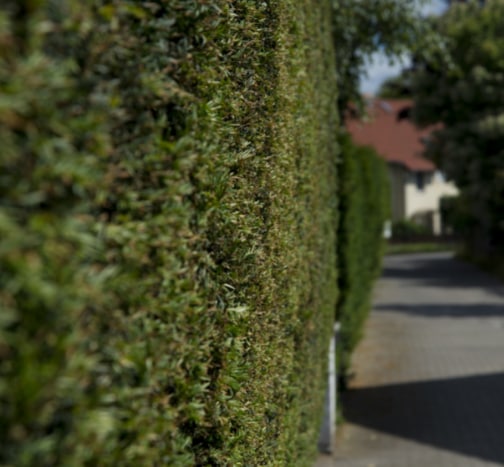Introduction: Tree pruning is an essential part of arboriculture, not only for aesthetic reasons but also for the health and safety of trees. However, did you know that pruning trees can also significantly affect wildlife conservation? In this blog post, we’ll explore the importance of tree pruning in creating and preserving habitats for wildlife.

Why Prune Trees for Wildlife Conservation?
- Habitat Enhancement:
- Trees provide crucial habitats for various wildlife species, including birds, insects, and small mammals.
- Pruning can help create or maintain these habitats by shaping trees to provide nesting sites, roosting spots, and shelter.
- Encouraging Biodiversity:
- A well-pruned tree canopy allows sunlight to reach the forest floor, promoting the growth of diverse vegetation.
- This, in turn, attracts a wider range of insects and herbivores, benefiting insect-eating birds and other wildlife.
- Disease Prevention:
- Pruning helps remove dead or diseased branches, reducing the risk of diseases spreading among trees.
- Healthy trees are more likely to host beneficial insects and provide foraging opportunities for wildlife.
- Managing Invasive Species:
- Pruning can help control the growth of invasive plant species that might threaten native vegetation and disrupt local ecosystems.
Pruning Techniques for Wildlife Conservation:
- Deadwood Retention:
- Leave some deadwood in trees, as it serves as nesting sites and food sources for wood-boring insects, woodpeckers, and cavity-nesting birds.
- Crown Thinning:
- Crown thinning removes selected branches to allow more sunlight and air circulation within the canopy.
- This promotes the growth of understory plants and attracts a variety of insects.
- Crown Raising:
- Raise the lower branches of a tree to create open spaces beneath the canopy, ideal for ground-nesting birds and small mammals.
- Pollard and Coppice:
- Consider traditional techniques like pollarding and coppicing, which create a mosaic of different growth stages and habitats for wildlife.
- Leave Snags:
- A snag is a dead or dying tree that remains standing. It can provide nesting sites, perches, and hunting grounds for birds of prey.
Conclusion: Pruning trees for wildlife conservation is a win-win approach. By carefully selecting and implementing pruning techniques, you can enhance your local ecosystem’s biodiversity while maintaining the health and safety of your trees. If you’re unsure how to prune trees for wildlife, consult a certified arborist who can provide expert guidance and help you create a thriving habitat for your local fauna. Together, we can contribute to preserving our natural world while enjoying the beauty of well-maintained trees.
Call us on: 01795 718597
Click here to find out more about Sheppey Tree Surgeons
Click here to complete our contact form and see how we can help with your tree’s needs.